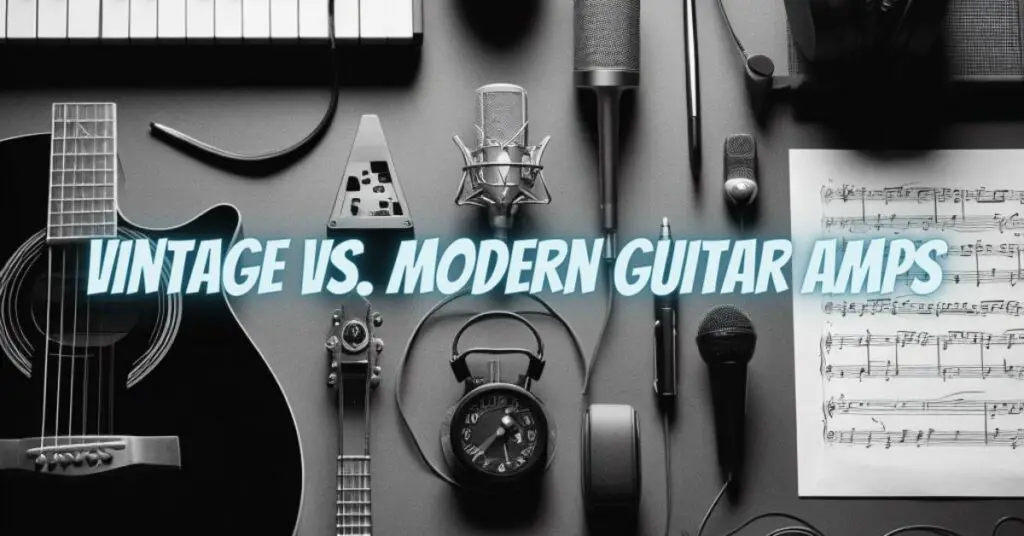The debate over whether old guitar amps are superior to their modern counterparts has been a long-standing topic among musicians and gear enthusiasts. Some argue that vintage amplifiers possess a unique charm and tonal qualities that newer models can’t replicate. In this article, we’ll delve into the question of whether old guitar amps are truly better, debunk some myths, and explore the characteristics and considerations when it comes to vintage amplifiers.
- Tonal Character: Vintage amps are renowned for their unique tonal qualities, often characterized by warm, rich, and organic sounds. These tonal characteristics can be attributed to the older components, circuit designs, and manufacturing techniques used in vintage amplifiers.
- Vintage Components: Vintage amps may feature components, such as vacuum tubes, capacitors, and resistors, that are no longer in production or have unique specifications. Some musicians believe that these components contribute to the distinctive vintage tone.
- Durability and Build Quality: Many vintage amps were built to last, with rugged construction and high-quality materials that have stood the test of time. This can lead to a perception of greater reliability and durability.
- Classic Design and Aesthetics: Vintage amplifiers often have a classic, timeless design that appeals to musicians who appreciate the aesthetic appeal of retro gear.
Debunking the Myths
- All Vintage Amps Are Better: Not all vintage amps are superior to modern ones. The quality and tonal characteristics of vintage amplifiers can vary widely depending on the brand, model, and the specific unit’s condition.
- No Maintenance Required: Vintage amps often require maintenance and repairs due to their age. Components can degrade, and tubes can burn out, necessitating regular servicing to keep them in optimal condition.
- Cost and Availability: Authentic vintage amplifiers can be expensive and challenging to find in good condition. The high demand for vintage gear has driven up prices, making them inaccessible for many musicians.
Considerations for Vintage Amps
- Tonal Preference: Your choice between vintage and modern amps largely depends on your tonal preferences. Vintage amps offer a specific sound, and if that appeals to you, they may be the right choice.
- Maintenance: Be prepared for the maintenance and repair costs associated with vintage amps. Finding a skilled technician who can work on older amplifiers is essential.
- Budget and Availability: Vintage amps can be costly and may not be readily available. Consider your budget and whether you’re willing to invest in a vintage piece.
- Versatility: Modern amplifiers often offer a wide range of features, effects, and tonal options. If versatility is crucial to your playing style, a modern amp might be more suitable.
The debate over whether old guitar amps are better than modern ones ultimately comes down to personal preferences and needs. Vintage amplifiers have unique charms and tonal characteristics that appeal to many musicians, but they also come with maintenance and budget considerations. Newer amplifiers offer modern conveniences, versatility, and reliability, catering to a broader range of musical styles and preferences. The decision between vintage and modern amps should be based on your specific playing style, tonal preferences, and practical requirements as a guitarist. Ultimately, it’s the sound that matters, regardless of whether it comes from a vintage or modern amplifier.


